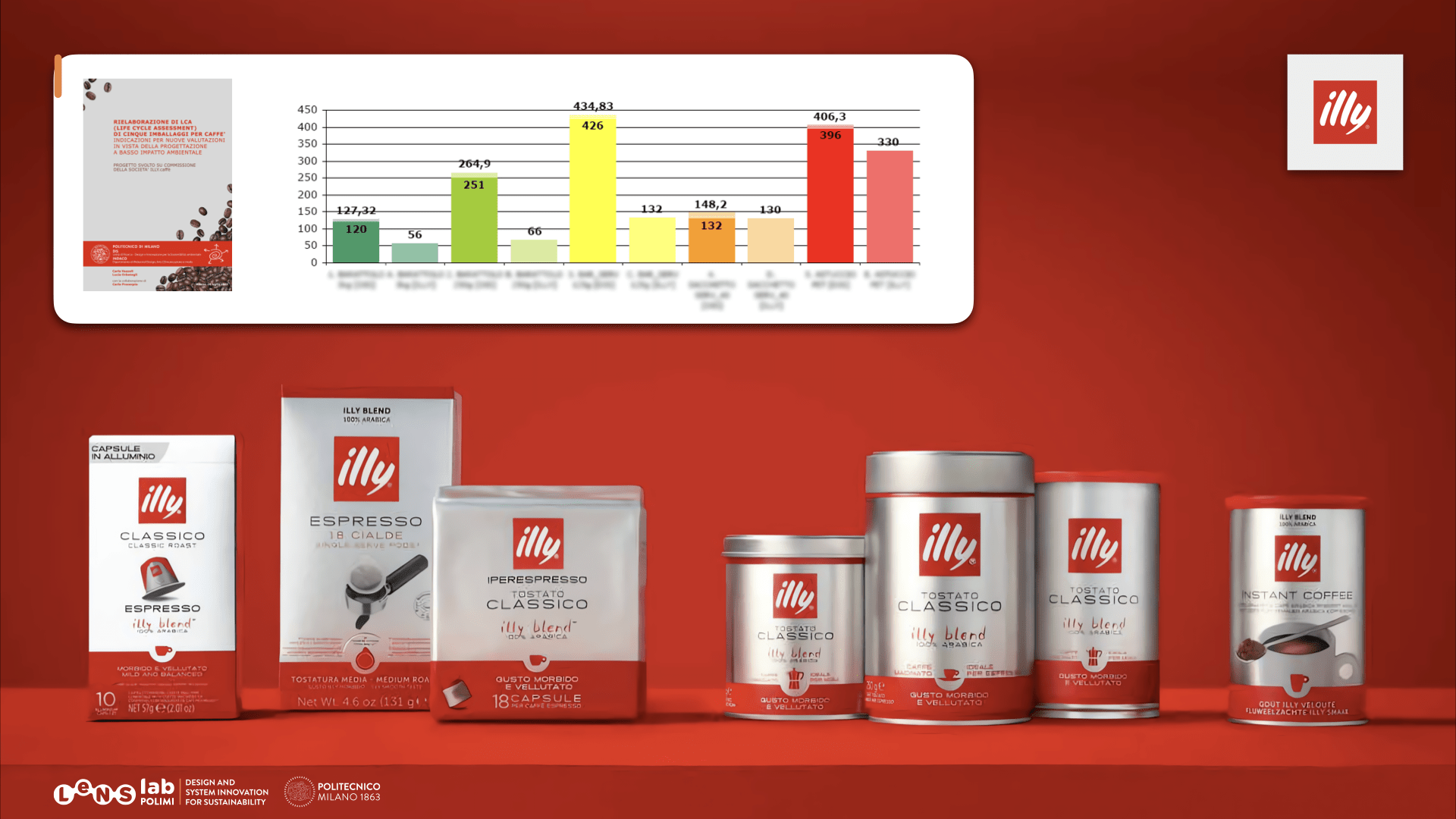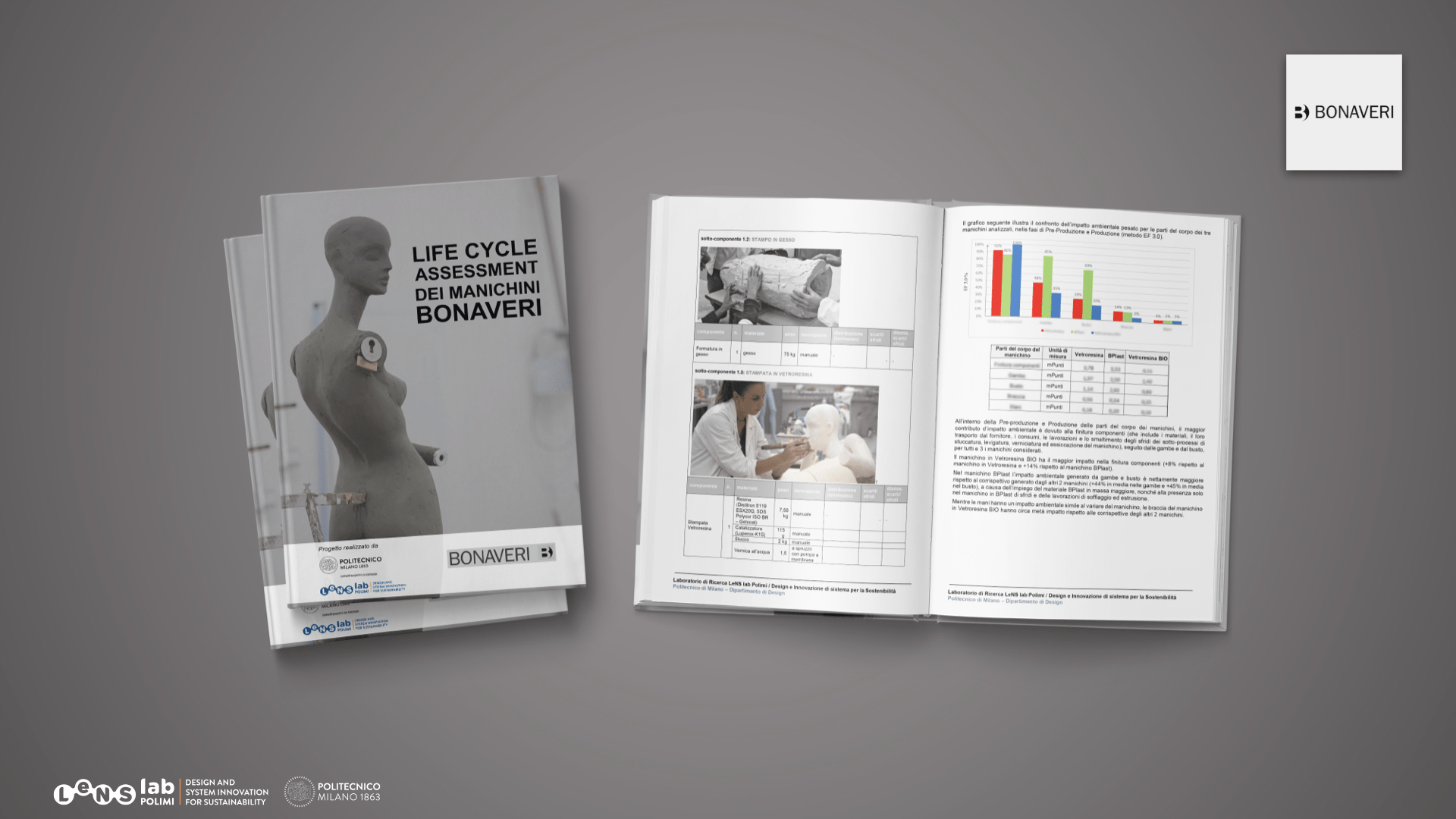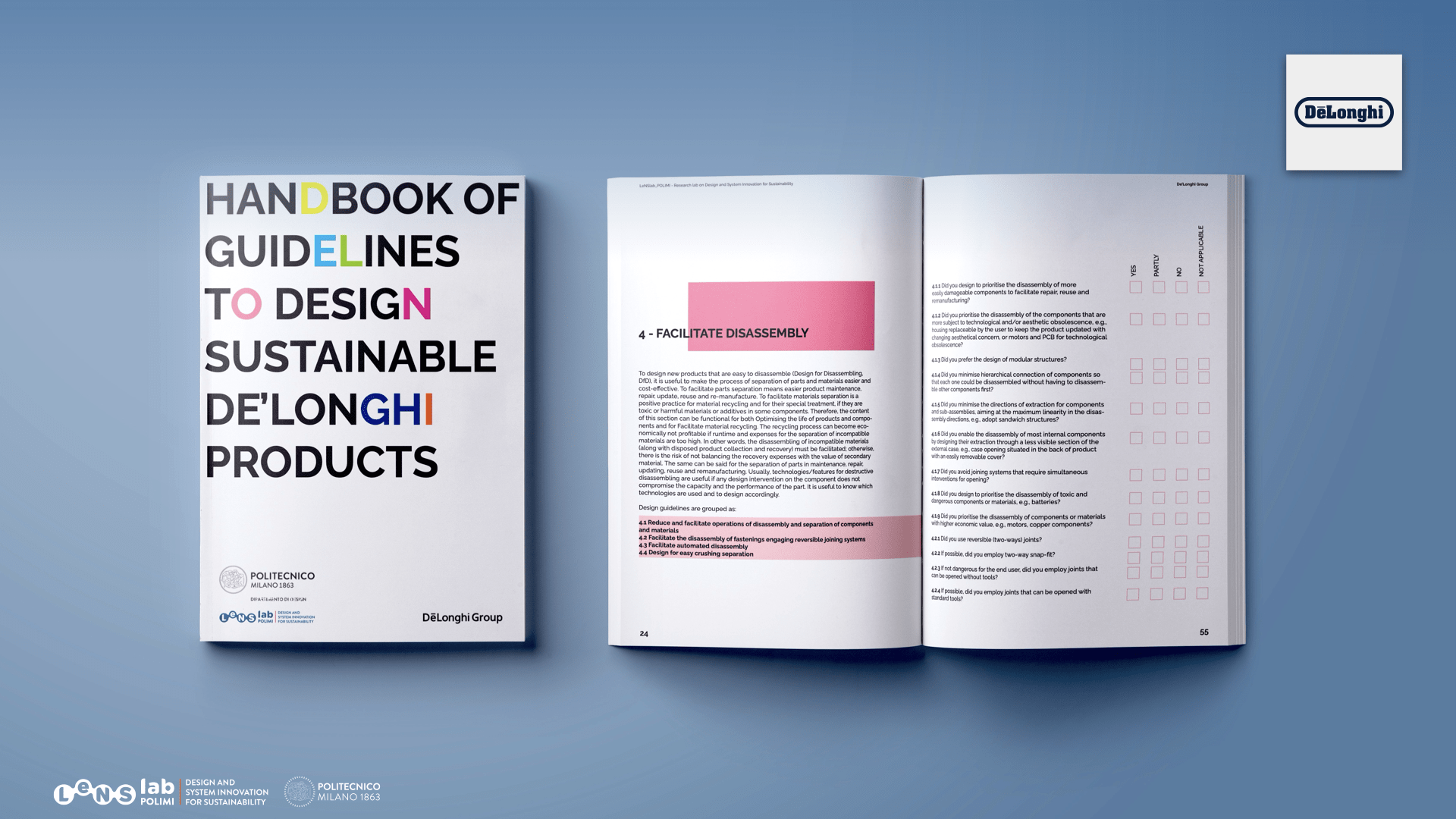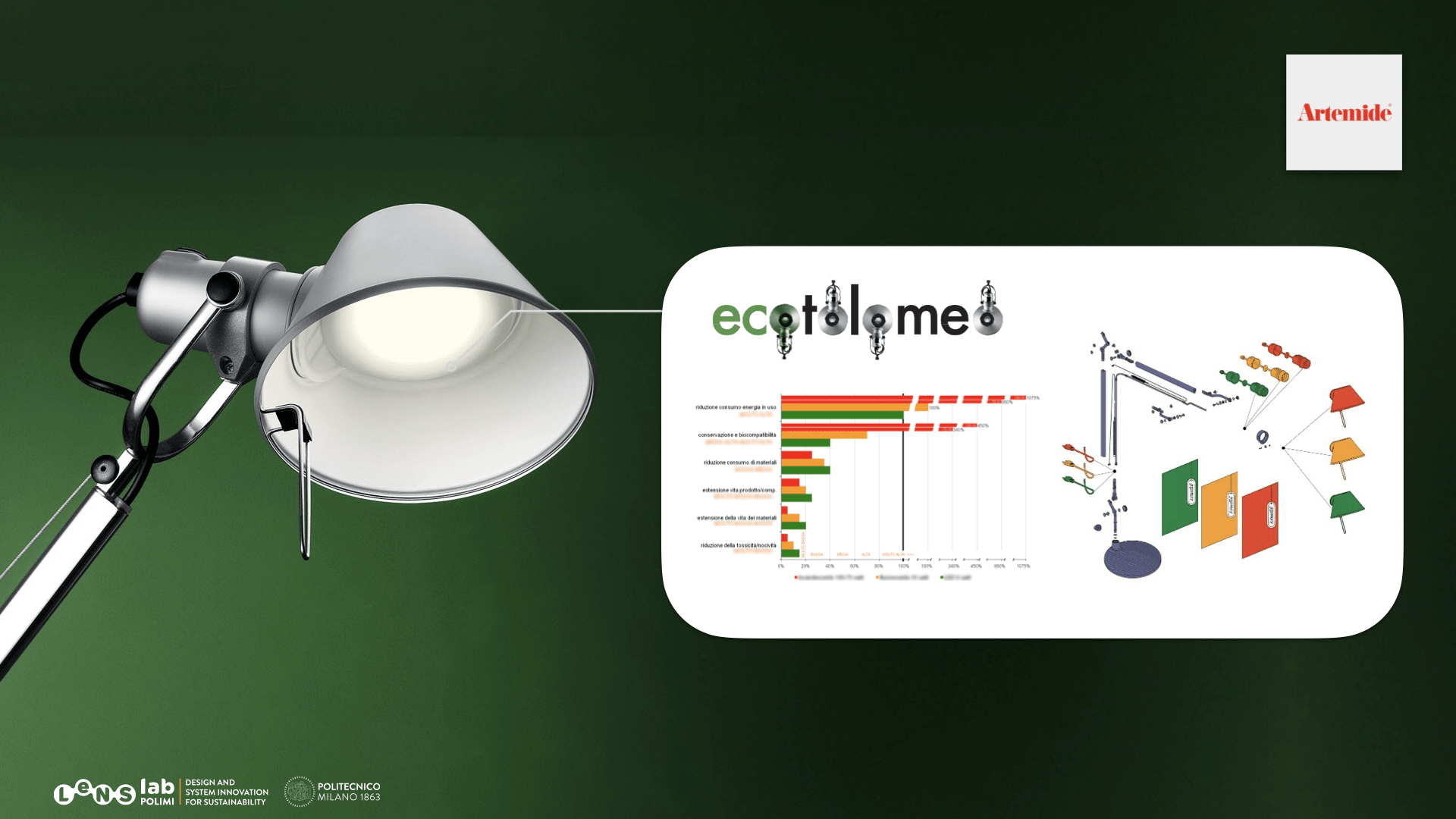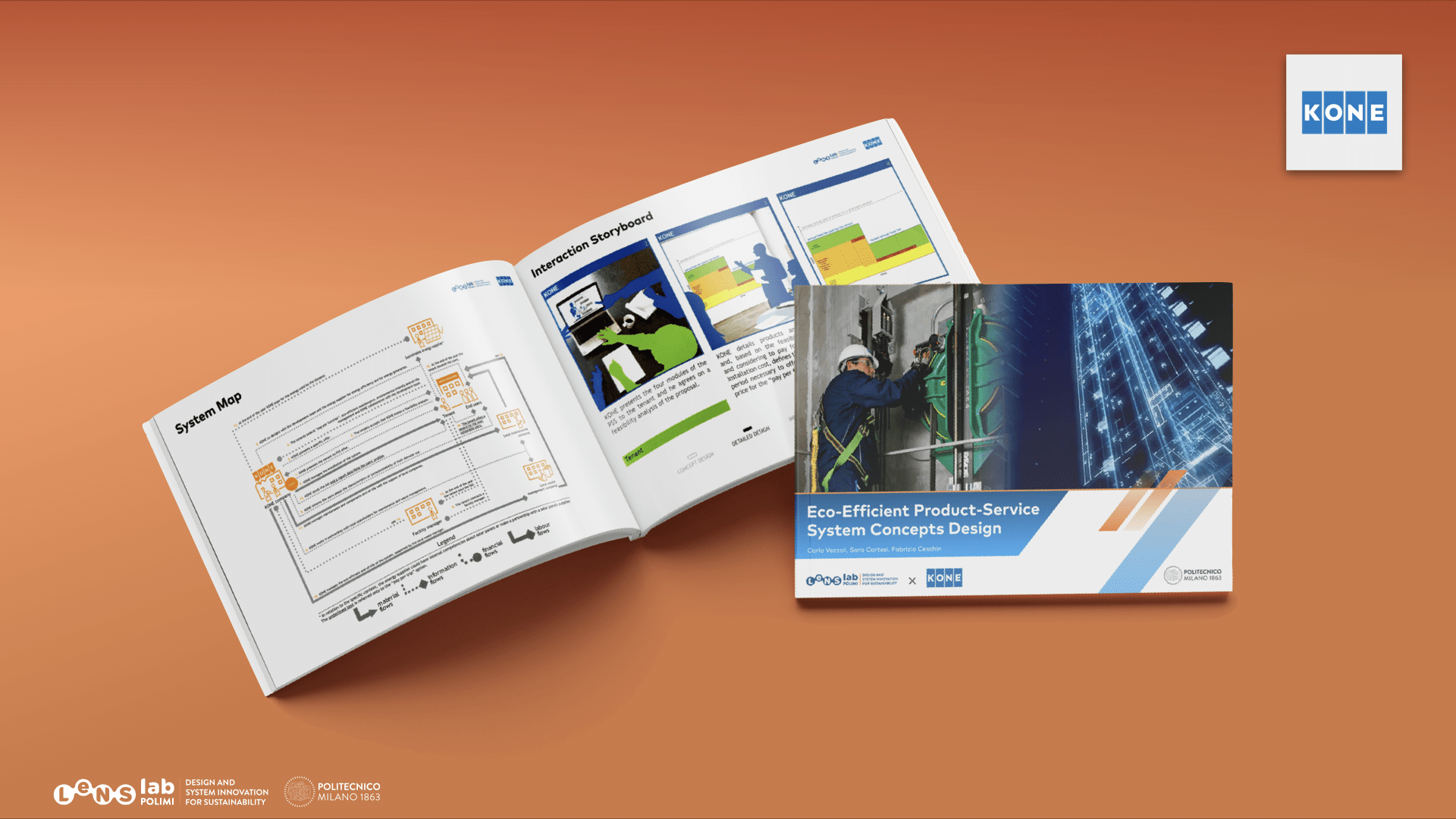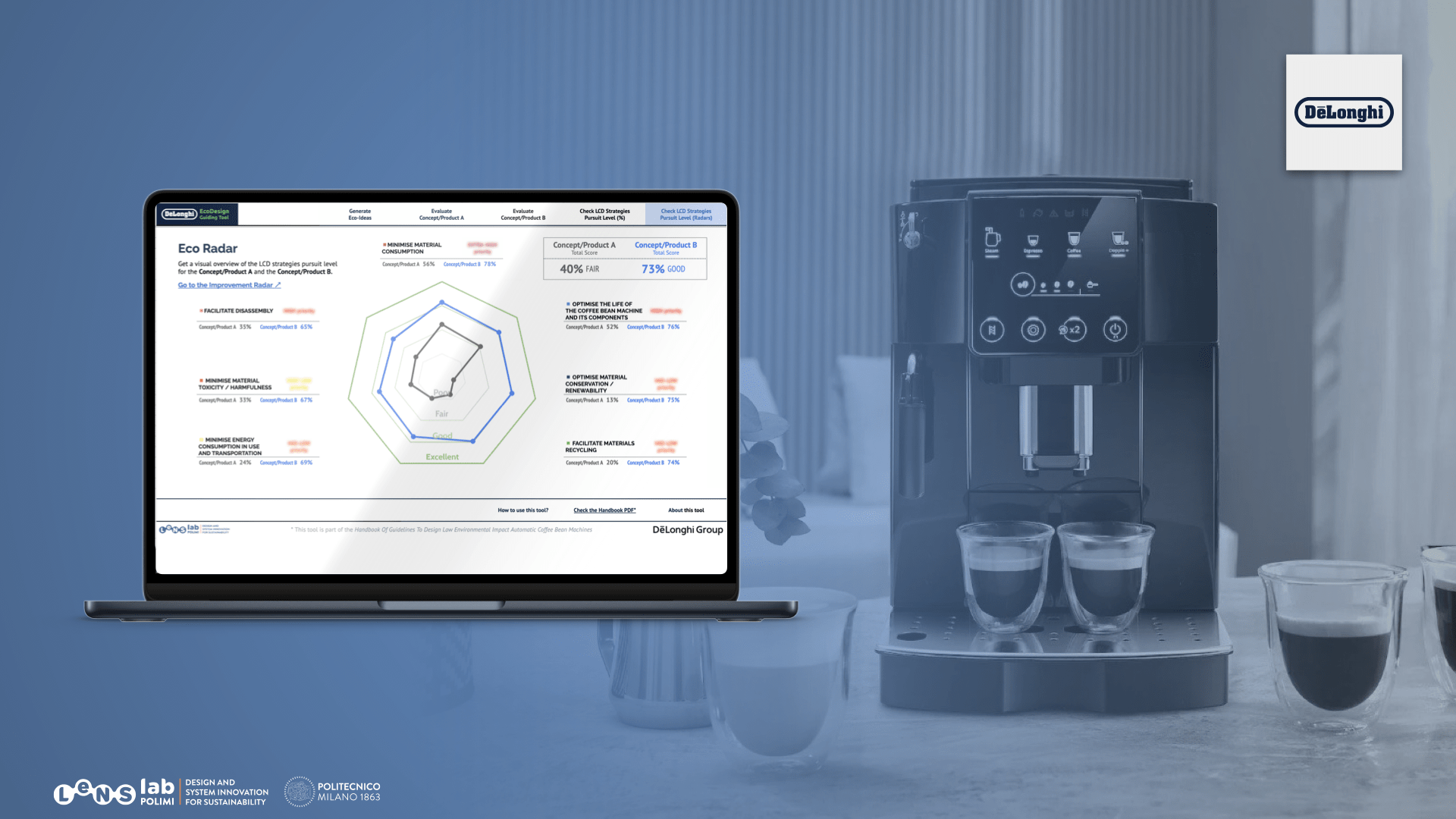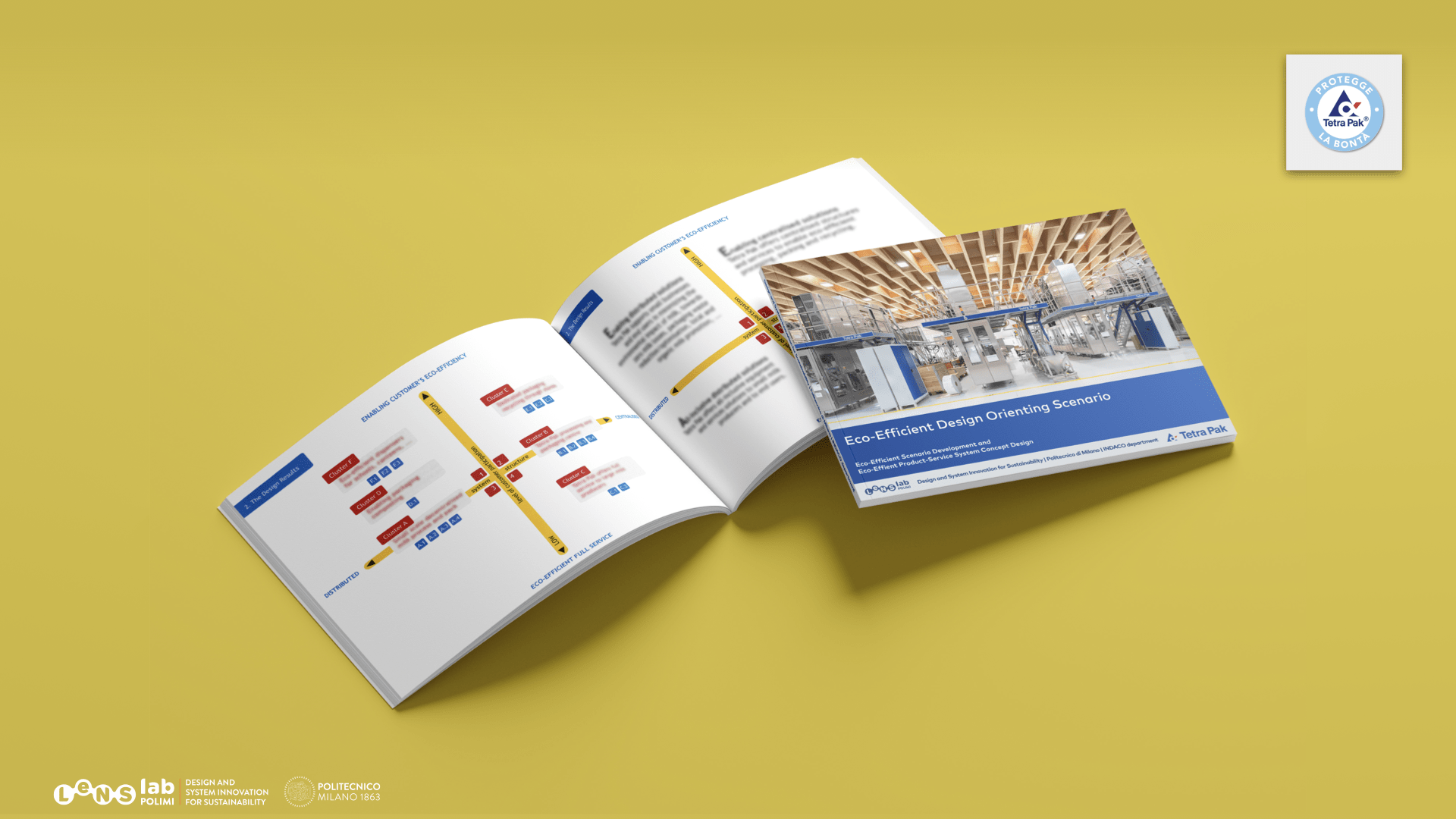CLOTHING PRODUCT ENVIRONMENTAL SUSTAINABILITY
MINIMISING MATERIALS CONSUMPTION OF CLOTHING PRODUCTS
- Reduce the thicknesses of clothes components where not necessary.
- Use ribbed structures to improve structures stiffness.
- Select processes that reduce scraps and discarded materials during production, such as 3D printing and CNC (Computer Numerical Control) cutting – Son of a tailor
- Design cutting paths to minimise scraps and waste during clothes production, e.g. use software that optimise the use of available material – Unspun
- Try to incorporate the tiniest pieces of off-cut fabrics in the design of the product as a decoration part or use those parts as padding
- When possible, prefer solid colour instead of patterns, stripes and checks fabrics.
- Minimise or avoid clothes packaging when possible
- Design multifunctional packaging, e.g. with handles to avoid single-use bags and/or coupled with information on website/app to avoid additional printed materials
- Design the packaging as a part (to become a part) of the garment itself, such as reversable pockets – K-way
- Design reusable packaging such as biodegradable bags to be used at home for waste collection.
- Design systems that allow different consumption modes of materials according to different functioning conditions/needs, such as double-face clothing design in order to avoid new fibres consumption for different clothes.
- Design for more efficient use of maintenance materials (water, detergent, softener etc.) – Enviro Products
- Select clothing manufacturing technologies with the lowest water consumption possible. EXAMPLE
- Select materials with low water intensity.
- Design to minimise water consumption during end-of-life treatments. – Dabs Textile
MINIMISING ENERGY CONSUMPTION IN THE CLOTHING SYSTEM
- Choose materials that do not need to be washed frequently, e.g., that are fluid-repellent – Ably
- Prefer colors or textures that hide stains or dirt to reduce washing frequency.
- Co-design systems that can benefit from the passive use of energies, e.g., washing/ironing tools based on shower steam or drying tools to maximize the outdoor drying processes.
- Design systems or provides instructions about energy saving for washing to support users to save energy during washing and maintenance more in general , e.g., manual, app, website, label, QR-code.
- Design with materials that can be washed either at low temperatures, with enzymes or using a mechanic system that doesn’t need electricity or fuel.
- Design to enable the separate washing of just single easy-to-dirty parts of the clothes.
- Design products with anti-crease fabrics to avoid/minimize ironing.
- Co-design with washing machines companies a QR-code on the care label that enable the selection of most efficient washing method/cycle.
- Select manufacturing technologies with the lowest energy consumption possible. – Debs Textile
- Select materials with low energy intensity.
- Design to minimise energy consumption during end-of-life treatments.
AVOIDING/MINIMISING RESOURCES TOXICITY AND HARMFULNESS OF CLOTHING
- Avoid the use of toxic and harmful materials for clothes components.
- Avoid dyeing processes when possible, in particular heavy metals mordants and wetting agents. When necessary, select dyeing processes with the lowest toxicity and harmfulness potential. – Natural Cotton Colours
- Avoid the use of additives and finishing materials for operations like desizing and scouring , e.g. fixing agents, pH regulators, wetting and dispersing agents. When necessary, select those without or with the lowest toxicity and harmfulness potential. – Flavia Aranh
- For the finishing of knitwear, replace the exhaust dyeing processes by continuous processes
- Use a one-step bleaching with high add-on impregnation
- Design to avoid the dispersion of toxic and harmful residues during use and disposal, e.g. prevent the dispersion of microplastics during washing or avoid clothes that are processed using mercury or chromium
- Select the least hazardous chemical suitable for use, e.g. replacement of chemicals with enzymes for desizing and scouring of textiles
- Select energy resources that minimise toxic/harmful emissions during pre-production and production, such as shifting from fossil fuels to solar energy to run machineries, e.g. sewing machines in textile factories.
- For the finishing of knitwear, replace the exhaust dyeing processes by continuous processes.
RESOURCES CONSERVATION/BIOCOMPATIBILITY OF CLOTHING
- Consider the use of rapidly highly renewable materials, like plant-based fibres or animal-based fibres. – Rothy’s
- Avoid materials from exhaustible sources, such as polyester, nylon and acrylic, that are made from fossil fuels.
- Use materials derived from other production processes. – Orange fiber
- Use components from disposed products, e.g. hinges, zippers and buttons from disposed accessories (purses, bags, suitcases). – Freitag
- Use recycled materials only or recycled materials combined with new materials.- Ecoalf
- Consider using biodegradable materials. – Wlofford
- Select renewable energy resources.
- Adopt the cascade approach. Certified B corp denim manufacturer – Saitex
- Select energy resources with the highest secondary order efficiency.
CLOTHES USE EXTENSION / INTENSIFICATION
- Reduce the number of clothes parts
- Simplify the clothes as much as possible
- Avoid weak connections, such as Velcro for shoes.
- Facilitate the replacement of easy to wear out parts of clothes, such as shirt collar and cuffs, by easing their disassembly and providing additional parts. – VYN
- Facilitate the reparation of single parts of the product, such as using buttons instead of zippers. – La sportiva
- Facilitate the access to parts to simplify cleaning, avoiding slots and narrow holes, e.g. in shoe soles.
- Design for maintenance that can be done by the user at home or at work.
- Provide a website and/or an app with suggestions and tools to enable the user to carry-out maintenance procedures, such as dedicated brushes to clean narrow holes, air-based cleaning tools.
- Design to reduce maintenance operations/procedures, e.g. by using repellent fabrics or applying finishing on fabrics to repel fluids and dirt.
- Design modular and reconfigurable clothes that can adapt to different spaces/climatic conditions, such as multilayer jackets and/or pants that enable the placement of internal layers for colder environments and/or an external waterproof layer for the rainy season.
- Design reconfigurable clothes that can adapt to changes in bodies sizes, such as elastic wrist and ankles adjustments for trousers, adjustable elastic embedded belt, pants extensions, e.g. by using appropriate zippers. – Petite ply
- Design clothes for on-site adaptation, by easing their disassembly and providing additional parts, such as different shirt collar and cuff colours, shoelaces, etc.
- Provide a website and/or an app and tools to enable the user to upgrade/adapt the clothes.
- Facilitate the access to and the removal of clothes parts and components that can be re-used, e.g. by using buttons instead of sewing, preferring removable two-way clips. – Charile Banana
- Design clothes that can adapt to different ways of re-use. – Lemuria
- Design modular and interchangeable clothes parts and components, such as shirt collar and cuffs. – ACBC zip shoes
- Design/use standard parts and components, such as buttons, zippers, etc..
- Improve the resistance of easy to wear out or easy to damage parts such as shirt collar and cuffs.
- Design packaging that can be re-used, e.g. shoebox that can be used as a storage container.
- Design for ‘second use’, e.g. by facilitating the reparation/replacement of single parts of the product by using buttons instead of zippers, for example.
- Facilitate the removal and replacement of easy to wear out parts.
- Design structural parts that can be easily separated from external/visible parts, e.g. removable padding for jackets.
- Facilitate the access to parts to be remanufactured.
- Increase the amount of material used on clothes parts more subject to deterioration.
- Increase the amount of material used on surfaces that tend to rapidly deteriorate, e.g. finishing/coating materials.
- Design multifunctional clothes with common components that can be replaced. The shoe that grows; Petit Pli; Solve Studio; ACBC Zipshoe; Flavia Rocca
EXTENDING THE LIFESPAN OF CLOTHING MATERIALS
- Facilitate and foresee the recycling of materials into clothes components with lower aesthetic/formal requirements, such as recycling jacket coating fibres into jacket paddings.
- Facilitate and foresee the recycling of materials into components with lower mechanical requirements, such as recycling external fabric into pockets. – Eileen Fisher
- Facilitate and foresee energy recovery from materials through environmentally safe combustion.
- Select materials that recover more easily their original performance characteristics after recycling.
- Adopt ribbed structures (or similar) to improve the stiffness of polymers instead of using reinforcing fibres.
- Prefer thermoplastic polymers instead of thermosetting.
- Avoid composite materials (if necessary, choose those with the most efficient recycling technologies).
- Avoid the use of fireproof additives by selecting thermoplastics that resist to high temperatures.
- Design clothes considering how materials will be recycled for the production of a new garment.
- Design clothes considering the existing (third parties) recycling systems, e.g. provide instructions about recycling specifications and different fabrics separation.
- Design for easy stocking of disposed clothing products, e.g. using vacuum-sealed packaging for collection.
- Inform users about how to dispose clothes or their parts.
- Codify materials according to their type.
- Add information on material age, conducted recycling processes and additives used.
- Indicate the presence of toxic residues and contaminant materials.
- Apply identification codes in visible places.
- Use standard identification systems, especially when open loop recycling may occur.
- Use one single material within a clothing product or part, if possible, i.e. mono-material strategy. – Rapanui
- Use compatible materials that could be recycled together within the garment or a sub-assembly, designing mono-fabric clothes or sub-assemblies made of the same fibres.
- Integrate functions to minimise the quantity of materials and components to be used, e.g. integrate zipper with hood or combine sleeves and coat.
- Use the same materials but processed with different technologies in sandwich structures of clothes.
- Facilitate the separation of non-compatible materials for recycling or energy recovery trough combustion, e.g. through reversible sewing junctions or/and pre-determined paths for tearing. Wear2go
- Avoid unnecessary surface finishing, such as printing or patches made of different fabrics
- Avoid the use of contaminant materials.
- Facilitate the removal of contaminant materials.
- Use surface treatments compatible with the (treated) material.
- Avoid adhesives; if needed, prefer those which are compatible with the material to be recycled
- Prefer internal polymers dying rather than surface painting.
- Use a higher quantity of material in the most overuse-affected parts.
FACILITATING CLOTHES DISASSEMBLY
- Prioritize the disassembly of components or materials with higher economic value, such as decorations made with precious fabrics or metals.
- Prioritize the disassembly of more easily damageable or consumable components and materials, such as jackets covering, shoes soles or movable mechanisms like buttons and zippers.
- Prefer modular structures, such as skirts or trousers with zipped extension. – Flavia la Rocca
- Construct the product into easily separable and manipulatable sub-assemblies, such as jackets with waterproof cover connected to the internal warm layer by buttons or zippers. – Patagonia
- Facilitate the removal of other components like zippers and buttons.
- Minimise the overall dimensions of clothing item.
- Minimise the quantity of different fabrics.
- Minimise hierarchically dependent connections among components, such as different layers in shoe soles or jacket.
- Design accessible and recognisable entrances for disassembly.
- Co-design cutting or breaking paths with appropriate separation technologies for separating incompatible materials. – Nordica
- Suggest to the users how and with what device they could separate incompatible materials.
- Inform users about how to dispose clothes or their parts.
- Provide information to the user together with the clothes about the characteristics of crushing separation, such as providing video resources online (website, app).
- Use materials that are easily separable after being crushed, such as fibres with different density, e.g. cotton and polyester or EVA and PU for shoe soles -Voronoi Runners
- Use additional parts that are easily separable after crushing of materials.


